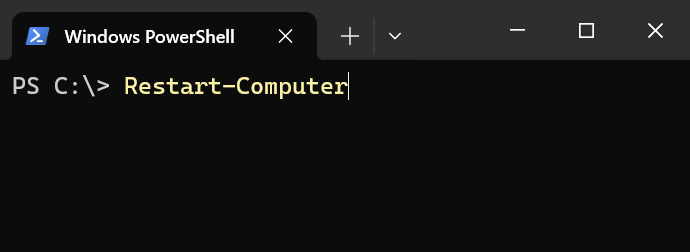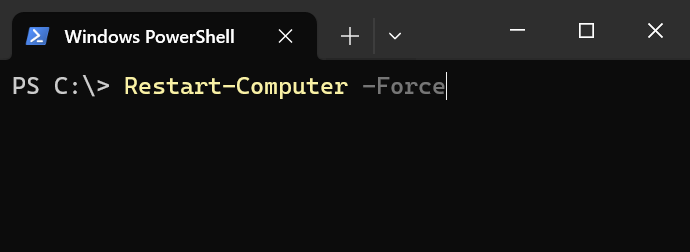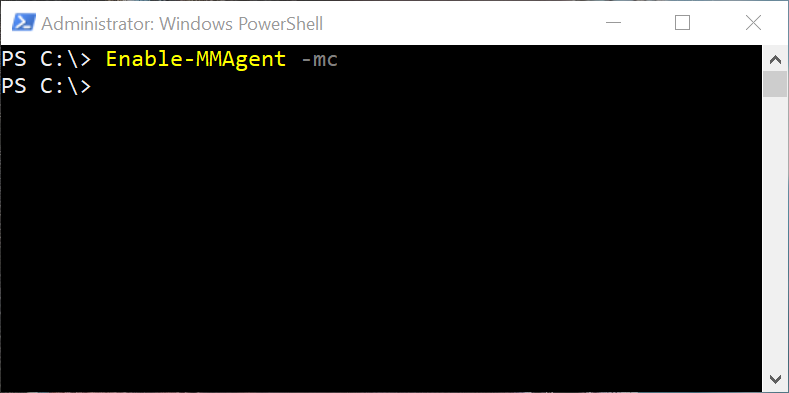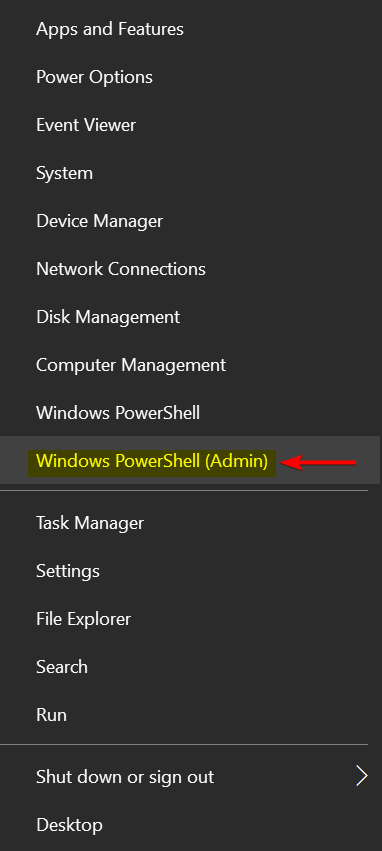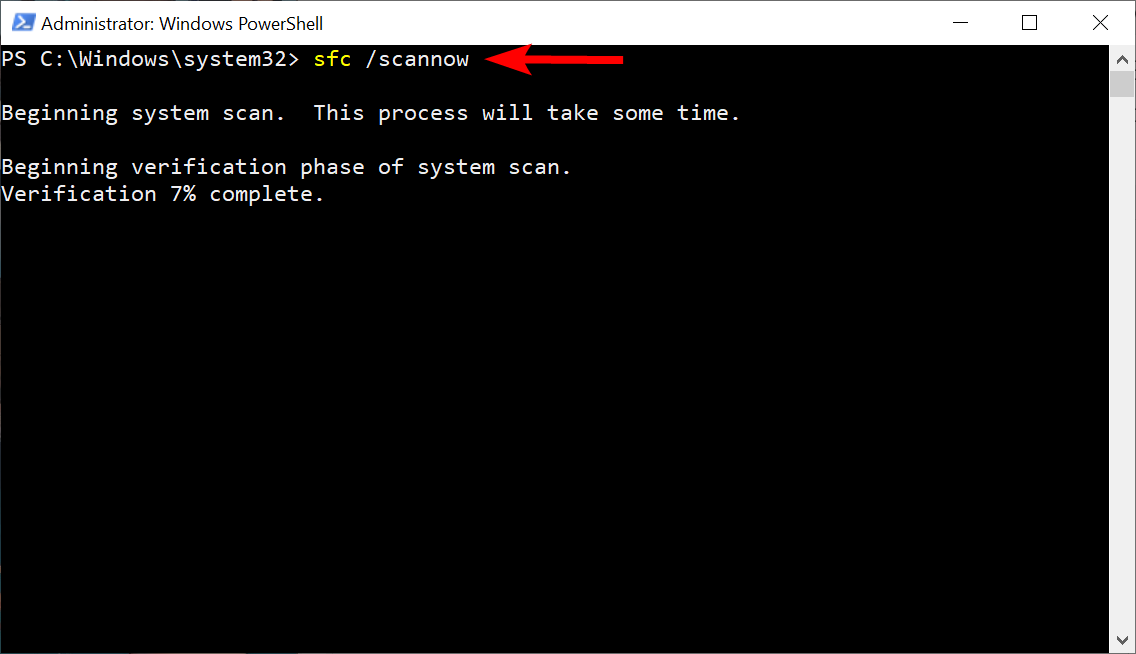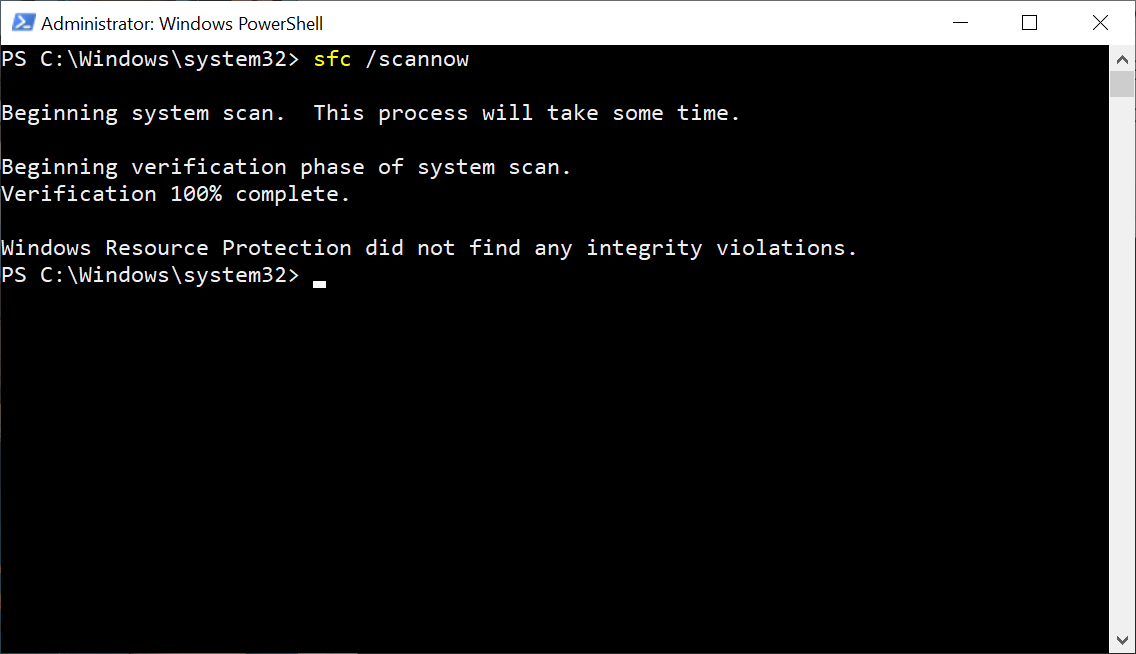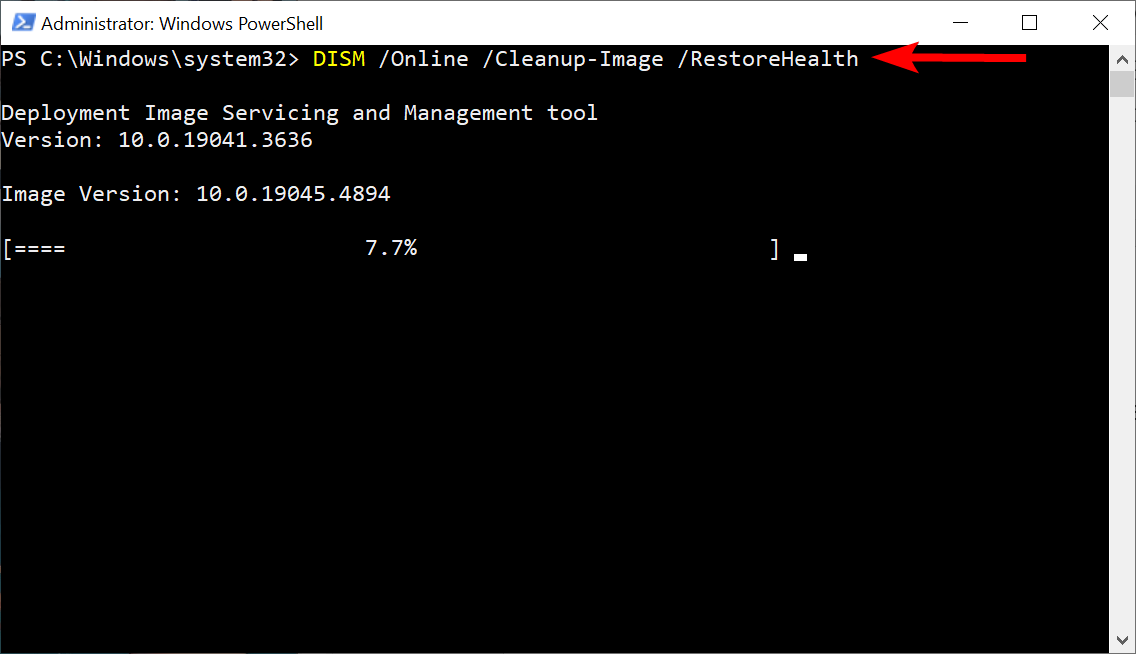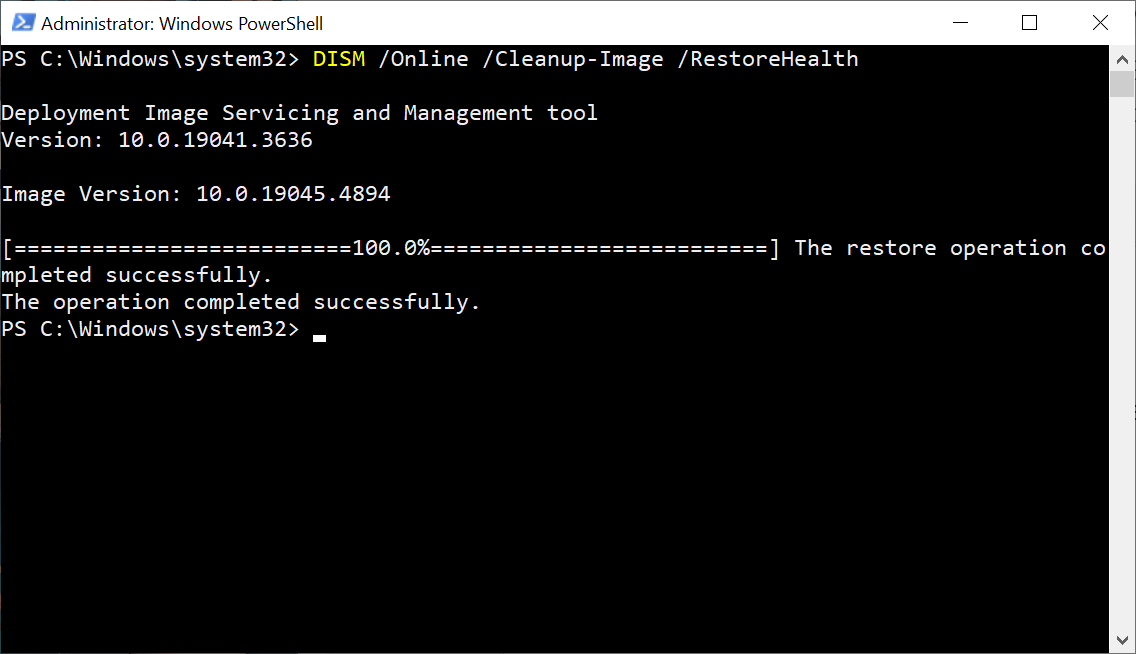Are Web Browser Extensions Safe to Use? (2025 Update)
Several years ago, I wrote about the potential risks associated with web browser extensions (also referred to as “add-ons”) being able to abuse their power and access sensitive user data.
I said if someone has installed a malicious browser extension, their web browsing data (e.g., browsing history, password credentials, what they type into a website, etc.) may get sent directly to the extension’s creator, putting the user’s online security and privacy at risk.
Today, I received an email with a link to a news article, explaining how 18 separate web extensions for Edge and Google Chrome were caught spying on people.
Here is the link to the article: https://www.malwarebytes.com/blog/news/2025/07/millions-of-people-spied-on-by-malicious-browser-extensions-in-chrome-and-edge
[Click here to view article as a PDF.]
This just goes to show, always be mindful about which web browser extensions you choose to install.
Update 08-22-2025
Here’s another example of why you should be careful with web browser extensions.
Chrome VPN Extension With 100k Installs Screenshots All Sites Users Visit
Posted in Android, Computers, General, Internet and Servers, Mobile Phone, Security, Software
